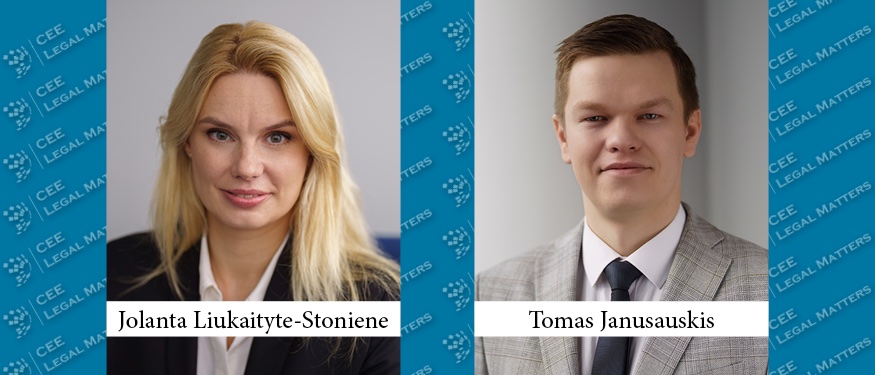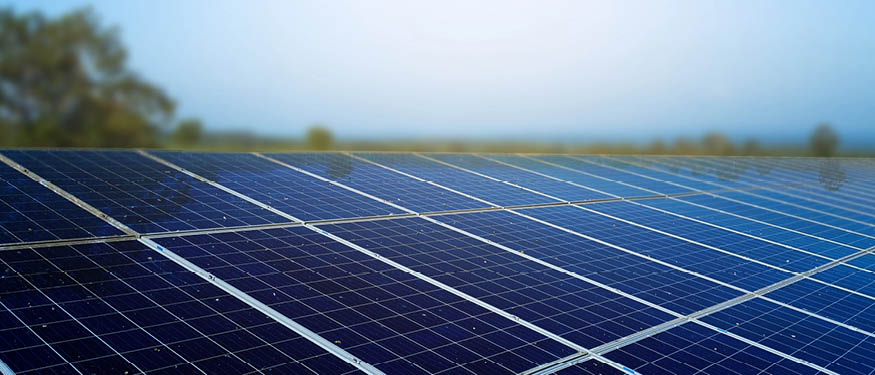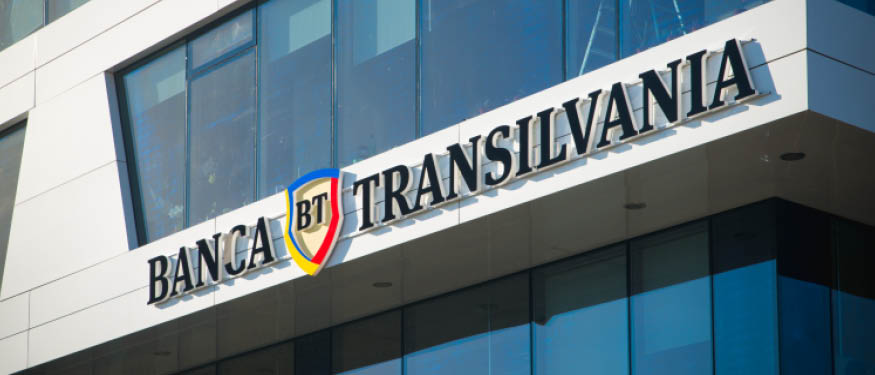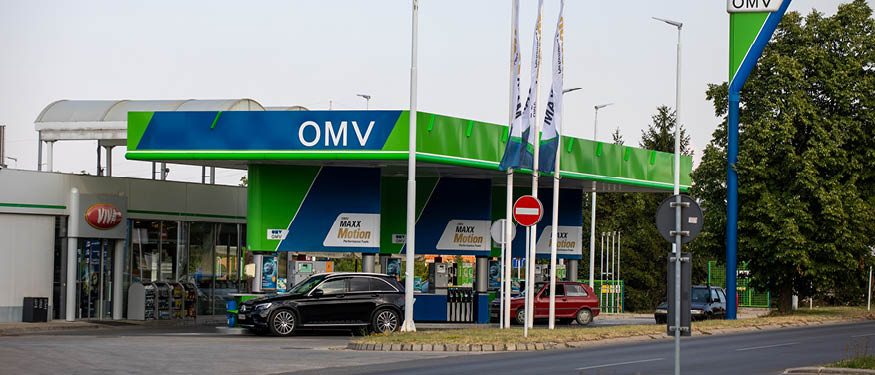Lithuania has never been among the leading countries in the field of energy from renewables. Dependence on imported electricity is still high, with just around 30% of electricity demand being produced locally. The installation of various power plants was slow and did not have a strong economic basis, with the main opportunities arising in wind and solar energy.
After the beginning of the energy crisis, at the beginning of July 2022, Lithuania approved new laws called the “breakthrough package,” focused on easing the legal conditions for wind and solar power plant projects. Energy from renewables was recognized as a higher public interest, shorter deadlines were set for environmental impact assessment and other procedures, and other measures to boost energy from renewables were implemented.
Solar Energy
Following the adoption of the “breakthrough package,” there are no longer requirements to prepare territorial planning documents for solar power plants, to change the purpose of the land (solar power plants can be built on agricultural land), or to carry out environmental impact assessments (with rare exceptions). The process of issuing permits has been facilitated and accelerated. As a result, a multi-megawatt solar park can basically be built and put into operation within 12 months. Each electricity consumer can now install a private solar power plant, as well as purchase a part of a remote power plant built by any developer. It is expected that the quantity of solar power plants will increase significantly.
Wind Energy
Sanitary protection zones are no longer required for onshore wind power plants. Only the requirements to inform neighboring owners about the intended location of a power plant and to ensure compliance with hygiene standards remain applicable. However, the restrictions to building power plants of around 160-170 meters in height near residential or public buildings remain in place. With rare exceptions, the assessment of the impact on the landscape is no longer required, and all other parameters can be agreed.
It should also be noted that there is no requirement to change the purpose of land for the construction of wind power plants, with such construction being acceptable on agricultural land. As a result, the entire procedure of development has been shortened by at least six months. The development of wind energy in Lithuania is not as fast as solar, mostly due to technical reasons, but the quantity of installed wind power plants in Lithuania should increase at least several times over, in the next few years.
Offshore Wind Energy
Lithuania is aiming to install around 1.5 gigawatts of wind power plants in the Baltic Sea by 2030. The first auction for the installation of an around 700-megawatt offshore wind power plant should be started this year. The connection and synchronization infrastructure is being installed, while the auction procedures and requirements should be adopted in the short run. The requirements for entities seeking to participate in the auction have been already published. The offshore wind power plant is one of Lithuania’s strategic goals.
Hybrid Power Plants
A model for hybrid power plants has been developed, for when different electricity production infrastructures are connected into one connection point (wind, solar energy, others). This ensures greater grid utilization efficiency, assuming that solar and wind energy production replace each other due to seasonality: the peak of solar energy production occurs in summer – by contrast, wind energy production peaks in winter. Hybrid power plants create many more possibilities to install and connect renewable energy facilities than was possible before.
Other Tendencies
Although Lithuania has powerful facilities for electricity grid balancing, modern power storage facilities have just begun to be installed. The country installed about 200 megawatts of state storage facilities in 2022 and private initiatives for such investments are also emerging.The electricity supply market has already been largely liberalized, i.e., users make contracts with private licensed electricity suppliers. Some of the suppliers already obtain certificates confirming the supply of green energy.
Energy from renewable sources in Lithuania is going through a clear breakthrough period and, due to the facilitated conditions, many local and foreign investors are extremely positive about the opportunity to invest in the local energy market.
By Jolanta Liukaityte-Stoniene, Partner, and Tomas Janusauskis, Senior Associate, iLaw Lextal
This article was originally published in Issue 10.2 of the CEE Legal Matters Magazine. If you would like to receive a hard copy of the magazine, you can subscribe here.

















